

Damion Smy
Suzuki Fronx recalled after seatbelt failure sparks ‘urgent investigation’
5 Hours Ago
The McLaren 750S has been on sale in Australia for almost a year, but getting our hands on one has been a tall order – and for good reason.
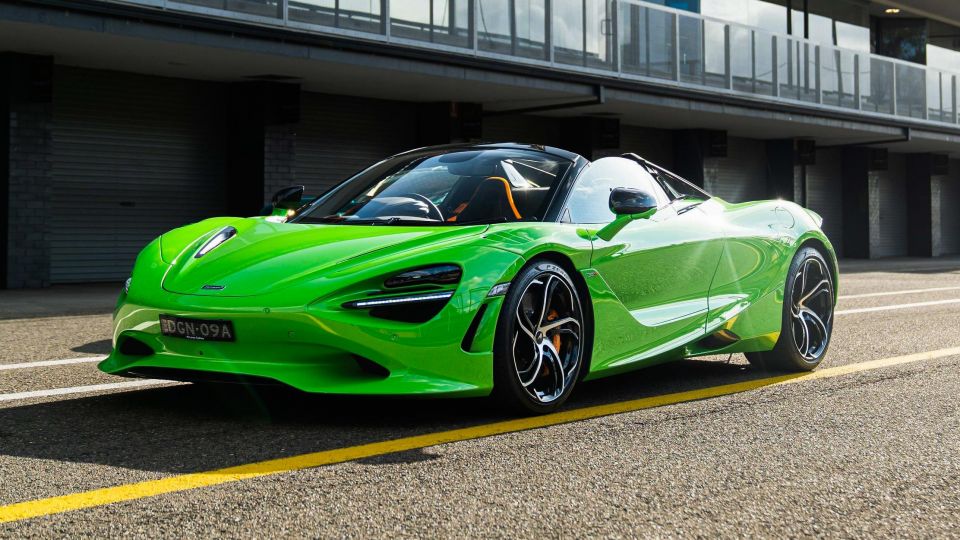
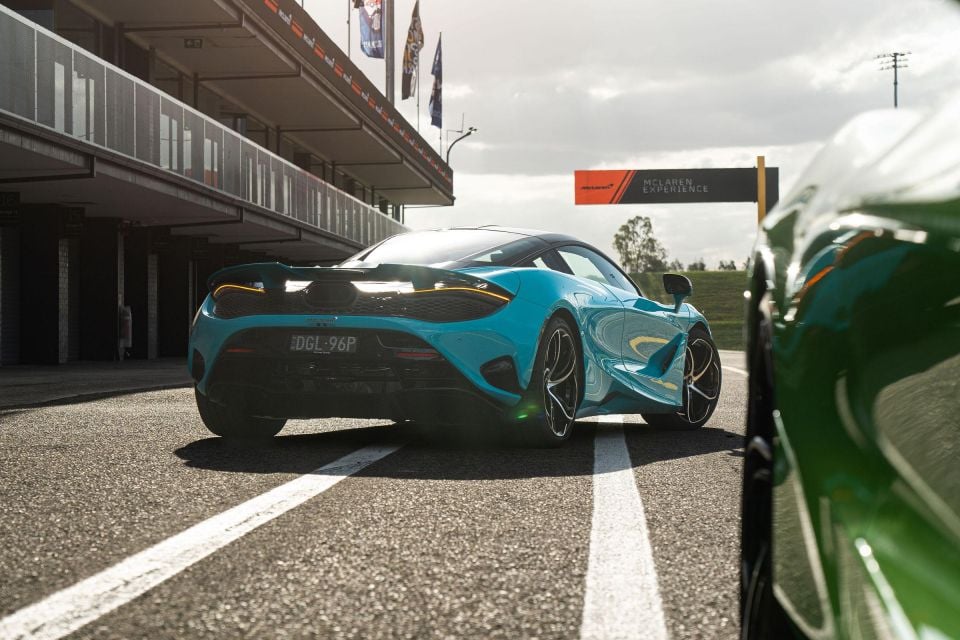

Quickly see how this car stacks up against its competition. Select any benchmark to see more details.
Where expert car reviews meet expert car buying – CarExpert gives you trusted advice, personalised service and real savings on your next new car.
There’s a compelling argument that 2024 will be remembered as the year McLaren rediscovered its mojo.

With the COVID-19 pandemic now a distant memory in the rear-view mirror, the British carmaker has suddenly appeared as a front-runner in Formula 1 and is making big headlines with its upcoming product plans, headed by the insane W1 hypercar.
But headline acts aside, the most important indicator of McLaren’s wellbeing as a carmaker is the new McLaren 750S.
A replacement to the manic McLaren 720S, itself a blindingly quick and capable Woking export, the 750S is McLaren’s new full-time supercar flagship.
It is said to be lighter, faster and straddle a broader performance bandwidth than its predecessor, all while commanding a healthy $80,000 uptick in price.
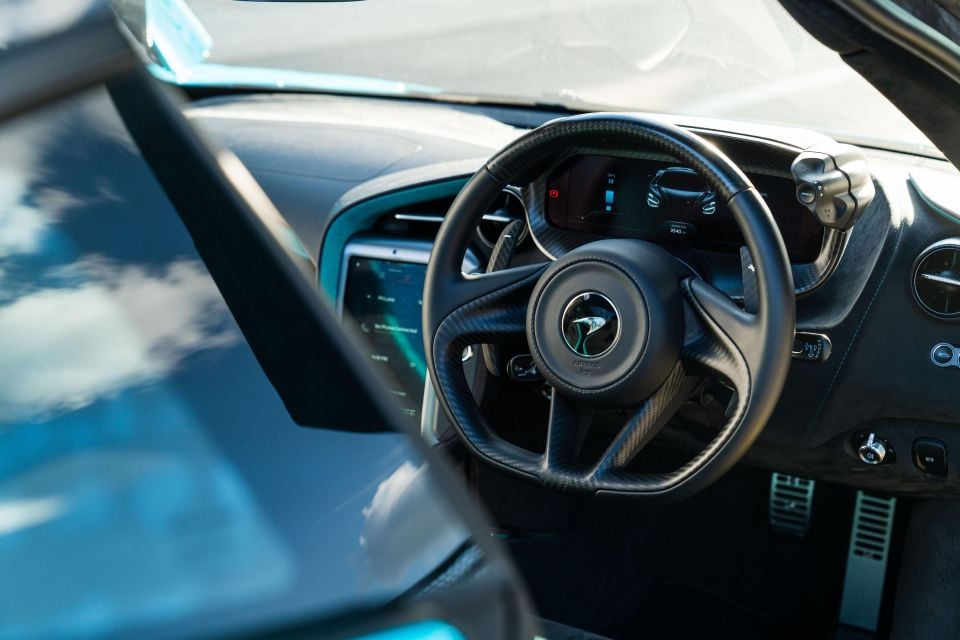
The 750S has been on sale in Australia nigh on 12 months, but such is the present appetite for half-million-dollar McLarens that any unsold vehicles have promptly been snapped up as dealer demonstrators.
Although it looks similar to the outgoing 720S, McLaren says 30 per cent of 750S parts are new or upgraded. In fact, it is claimed the 750S now bridges the gap to the more manic McLaren 765LT – yet without compromising every driveability.
Cosmetically, the changes are denoted by an extended front splitter, narrower eye-socket intakes, new rear wheel-arch vents, a lengthened carbon-fibre active rear wing and new front and rear bumpers.
The visual differences are subtle for sure, but they have been fashioned in the name of improved aero, stability and cooling.
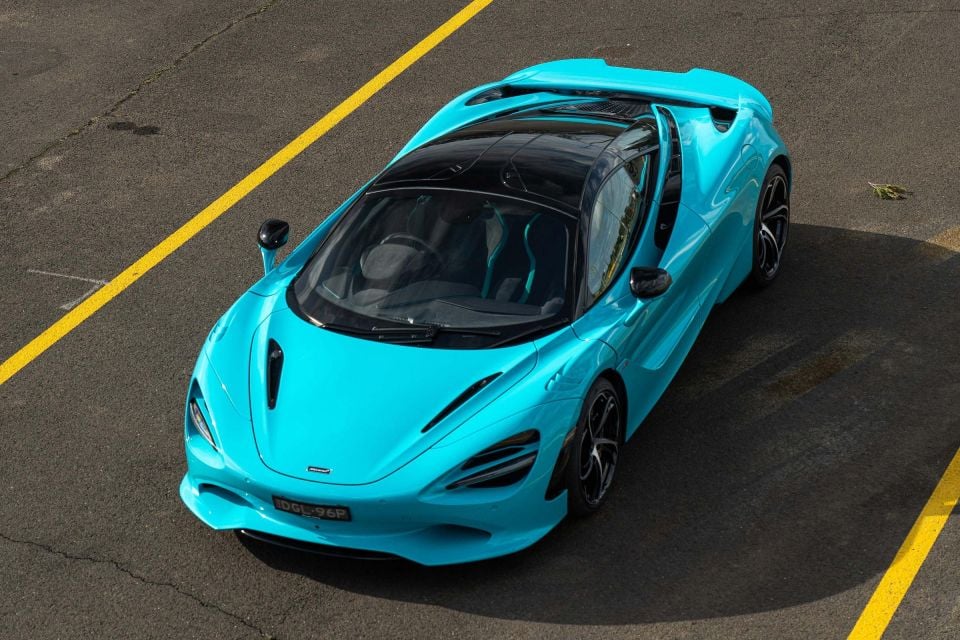
Upon closer inspection, it’s possible to distinguish minor differences between the coupe and convertible versions at the rear, too. The latter features a more open glasshouse structure aft of the cabin in order to accommodate its folding glass roof.
Less obvious are the weight savings, like the standard-fit carbon-fibre shelled racing seats that are 17.5kg lighter than the 720S pews, or the staggered-size wheels that shed 13.8kg in unsprung weight. Even the new exhaust system shaves off 2.2kg.
The almost maniacal focus on class-leading power-to-weight means the McLaren 750S tips the scales at 1348kg in coupe form, with the convertible adding an additional 49kg.
In Australia, the McLaren 750S retails for $585,800 plus on-road costs in coupe form, or $654,600 plus on-road costs as a convertible.
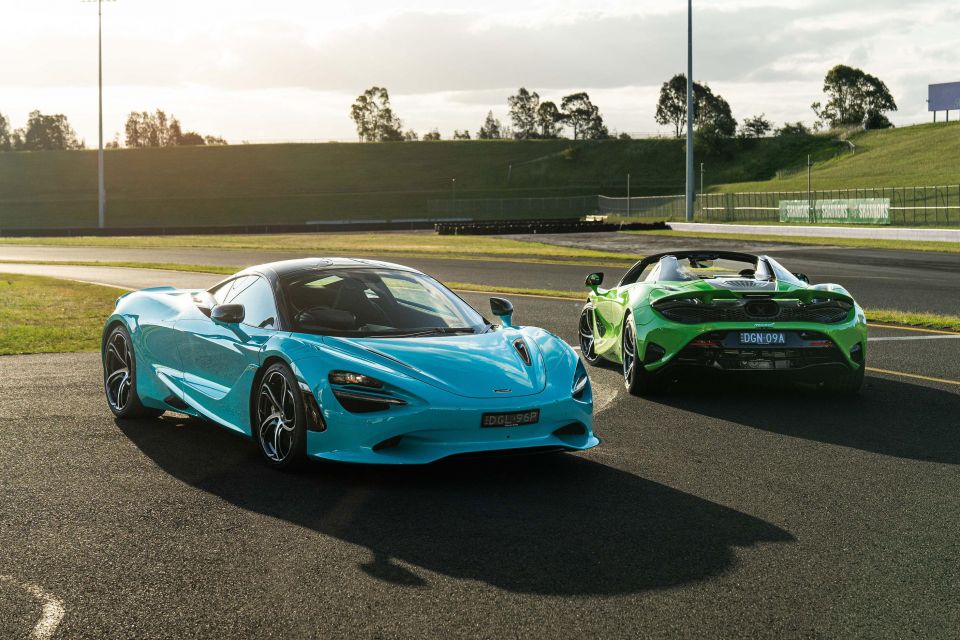
At those prices, the 750S is dearer than just about every key rival, including the Ferrari 296 GTB ($568,300 plus on-roads), Maserati MC20 ($510,000 plus on-roads) and the Porsche 911 GT3 RS ($539,100 plus ORCs).
To see how the McLaren 750S stacks up against its rivals, check out our comparison tool
Buy your new car without the stress. It's fast, simple and completely free.

Great service from Travis and team, second time I have used this business would not hesitate to recommend them to anyone
Craig C.
Purchased a Ford Ranger in Sunshine Coast, QLD
CarExpert helped Craig save thousands on his Ford Ranger, now let us save you on your next new car.
Find a dealMcLaren has made evolutionary changes inside the 750S cabin in a bid to keep pace with the latest infotainment and safety expectations, but without detracting from its performance focus.
Perhaps the best demonstration of this ethos is the 750S steering wheel, which is completely devoid of buttons and switchgear.

At the other end of the spectrum, the 750S offers users (and watchers-on) a suitable amount of the usual supercar tinsel, compliments of dihedral doors and a relatively high-set door sill to clamber over into its carbon-fibre tub.
An updated 7.0-inch touchscreen display boasts improved graphics and increased touch sensitivity, together with Apple CarPlay and higher quality reversing and 360-degree cameras. Disappointingly, the 750S does without Android Auto.
Also on the infotainment, the 750S offers a better in-car microphone for phone calls (let’s face it, this supercar does all the shouting so you don’t need to) and an upgraded Bowers and Wilkins premium audio system that sounds the business. There are also USB-C and USB-A ports for charging devices.
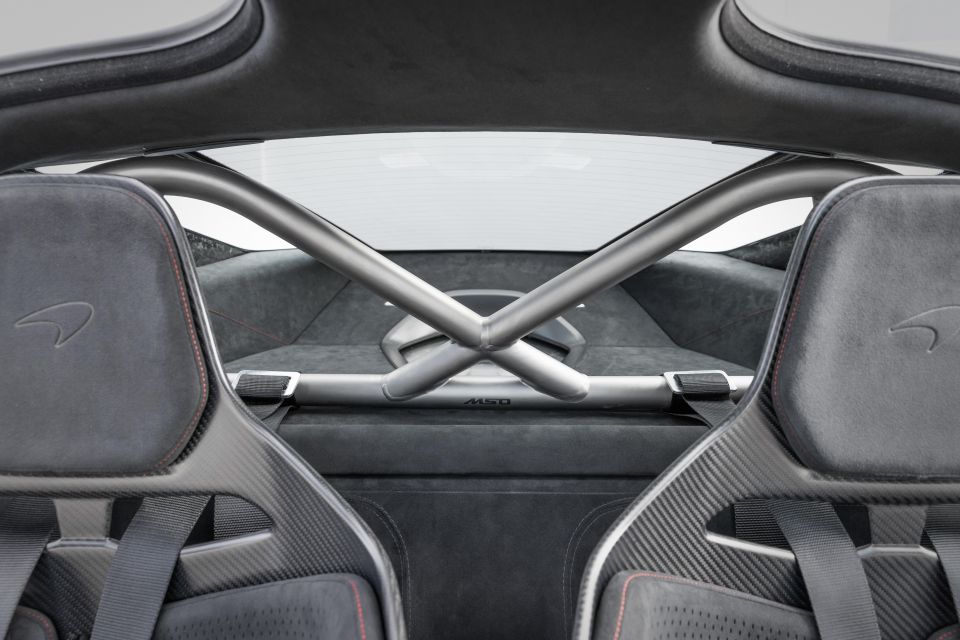
Elsewhere, the 750S introduces a new instrument binnacle flanked by rocker switches at 10 and 2 o’clock. The left side allows the driver to quickly change the suspension parameters, while the right offers access to the different engine modes – all without taking your hands off the wheel.
The coupe version offers a larger 210-litre rear boot space behind the 4.0-litre engine than the convertible, which gets a 58-litre space. Both offer a relatively small 150-litre frunk that will squeeze in a small overnight bag, but not much more.
Vision front and rear is surprisingly thoughtful irrespective of variant, while there is ample odds-and-ends storage dotted throughout the cabin.
To see how the McLaren 750S stacks up against its rivals, check out our comparison tool
The McLaren 750S continues to source power from a 4.0-litre twin-turbo V8 engine, codenamed M840T.
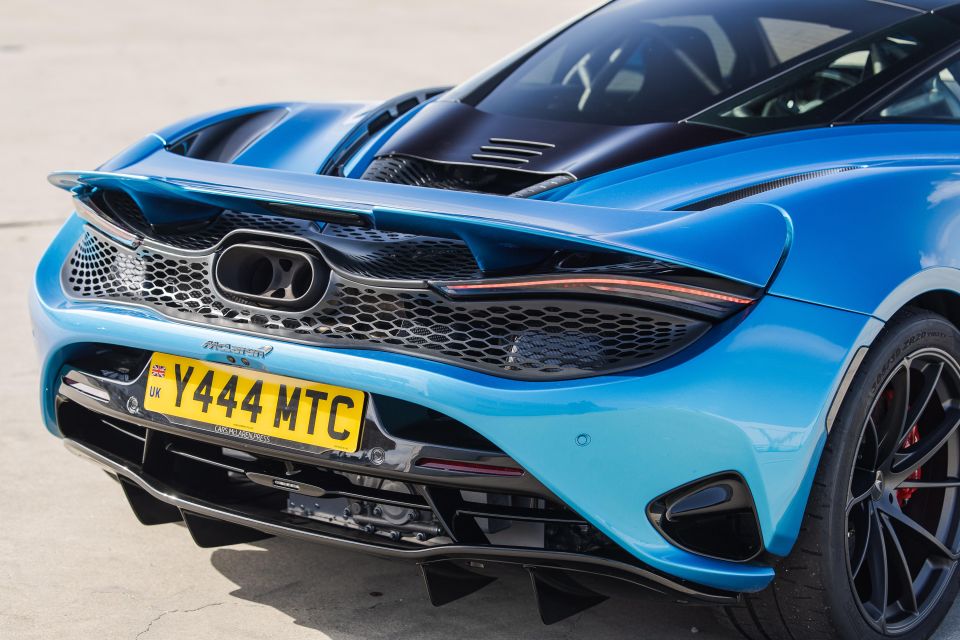
The mid-mounted bent eight outputs 750hp (hence the nomenclature), equating to 552kW, plus 800Nm of torque. Those figures represent 25kW/30Nm increases over its predecessor and result in a class-leading power-to-weight ratio.
The engine itself is a product of steady evolution over the past 10 years, though its performance credentials are as relevant as ever: 0-100km/h in 2.8 seconds, 0-200km/h in 7.2s and a top speed of 332km/h.
To achieve the performance fillip McLaren says it looked to the 765LT, borrowing its lightweight pistons and increased turbo boost pressure, and added a high-flow fuel pump plus retuned mapping for the engine management system.
The engine shuffles drive to the rear wheels via a retuned seven-speed dual-clutch automatic transmission with a shorter final drive ratio, and a new limited-slip rear differential.
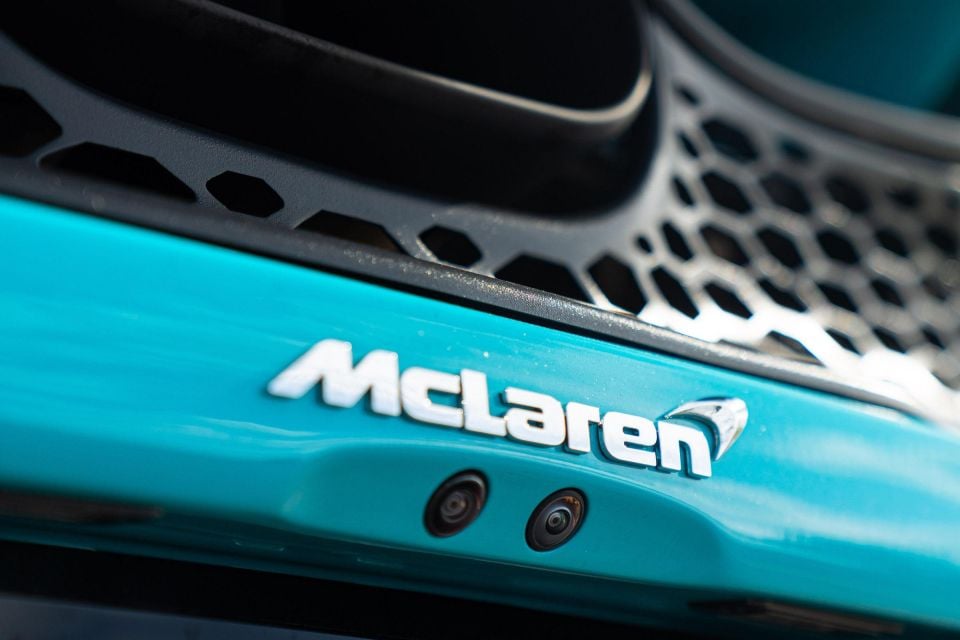
Finally, the engine’s vocals are also clearer thanks to a new exhaust system that channels into a central outlet at the rear.
Elsewhere, the 750S boasts a 6mm wider front track for better turn-in, while lightweight springs with new spring rates (softer up front, stiffer at the rear) have been fitted at each corner.
Twin-valve shock absorbers employ both active and passive technology to improve ride comfort and stability at the same time, says McLaren. Even the front lift system on the 750S raises the nose in half the time it took on the 720S, at 4.0 seconds.
To see how the McLaren 750S stacks up against its rivals, check out our comparison tool
The McLaren 750S is billed as something of an all-rounder, a supercar capable of track days, touring or even a doddle to the shops.
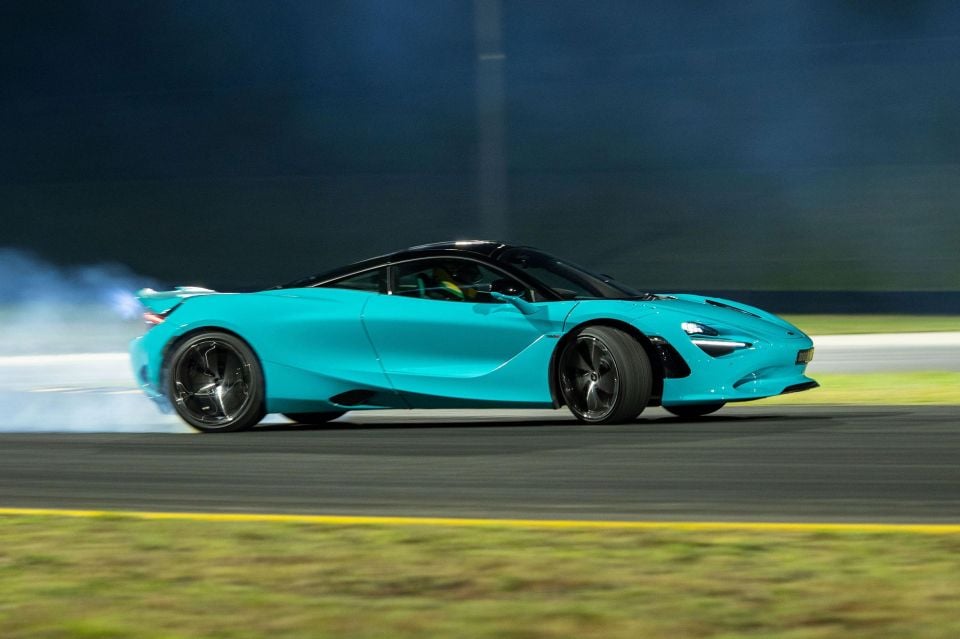
It is a vehicle that borrows the most appealing elements of McLaren’s existing fleet – but to call the 750S simply a jack-of-all-trades is doing it a massive disservice.
On a vacant Sydney Motorsport Park circuit recently, we were afforded two 15-minute sessions under lights; the first stint in the coupe and the second in the convertible.
Our biggest takeaways from the drive experience was the tactility and feedback of the 750S. McLarens of the past 10 years have always had a knack of telegraphing what’s happening underneath you – a virtue of their electro-hydraulic steering and lightweight engineering ethos.
But the 750S extends that brief. It is a vehicle that talks to you at every point on a circuit, especially one as varying as Eastern Creek.
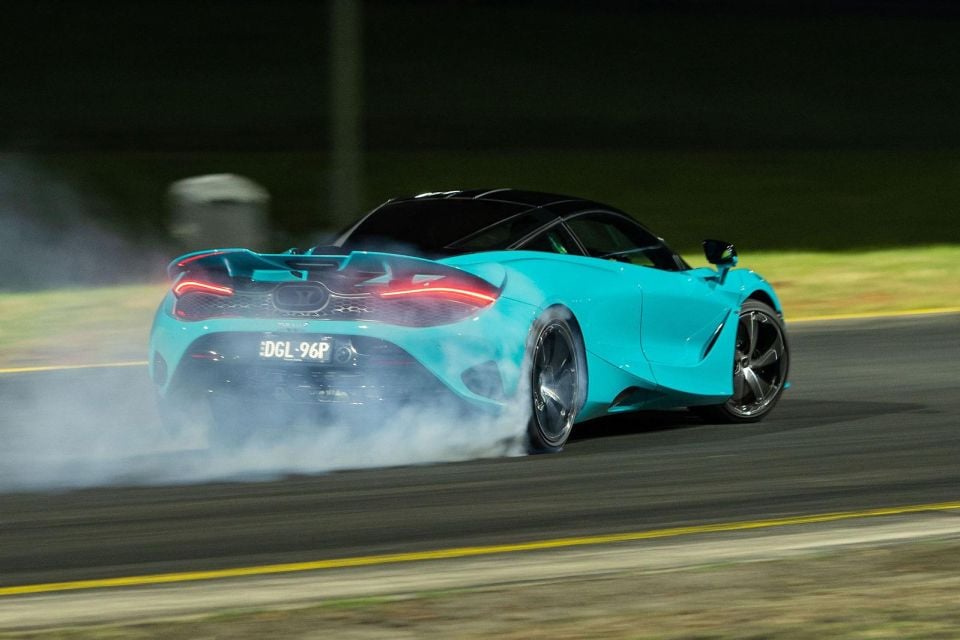
First the engine. Now, if the rumours are true, it may well be the last series-production supercar from McLaren to go without any kind of electric assistance. If that’s the case, the 750S is a fitting send-off: remarkably fast in straight line, visceral and highly user-friendly thanks to its clever seven-speed auto.
If you call for a downshift that would over-rev the engine, there is now software to essentially queue the downshift for when it is safe and appropriate.
Even the soundtrack adopts a rawer tone than before. Pulling away from pitlane, the vocals are louder and clearer than the 720S, complementing the engine’s more focussed tuning. At night, the exhaust belches blue flames between high-paced gearchanges, only adding to the theatre.
In Comfort or Sport settings, the McLaren 750S picks up speed effortlessly right through the rev range. You would never call its power curve linear though, such is the expediency of the engine’s rush to its circa-8500rpm cutout.
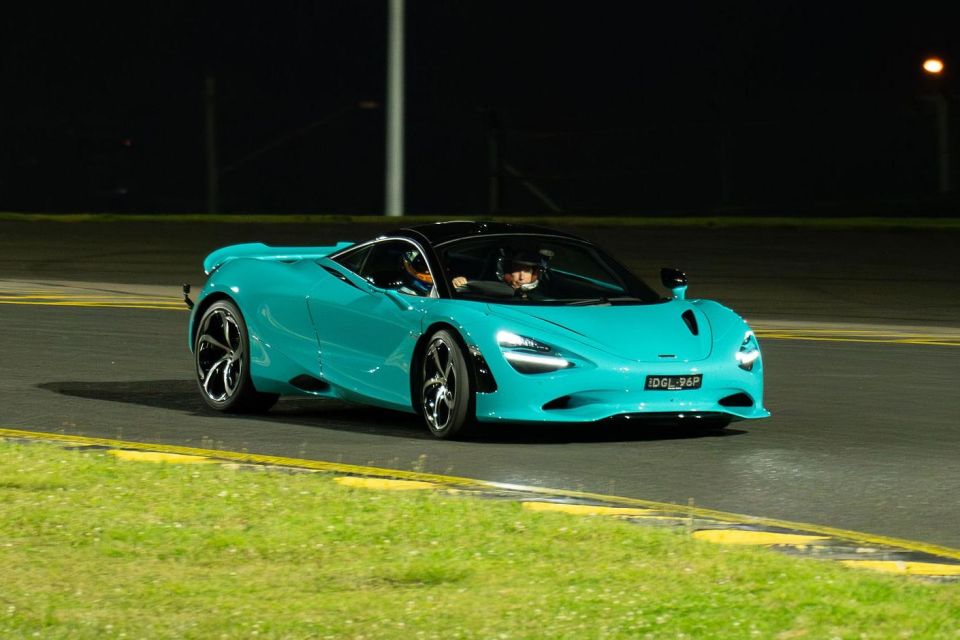
Rather, the 4.0-litre V8 makes meaningful power from idle but truly hits its straps in the mid-range, with peak torque materialising at 5500rpm and maximum power chiming in at 7500rpm.
In its most aggressive Track powertrain setting, the 750S is unapologetically raw, so much so that you have to brace your neck for the forward surge between gear changes, which are violent and accompanied by a sudden thud in the back.
The engine refuses to sign off as you climb the rev range, but you could argue that the stability control suite is a little too judicious with its interventions. The electronics will cut power for noticeable periods if you’re a little eager with the right foot or get too comfortable with the car occasionally breaking loose.
Now, we’re definitely advocates for stability control because it is crucial in a car with this much power. But we reckon the 750S would really come to life with a more liberal ESC tune; as it is, it brings a sudden halt to proceedings.
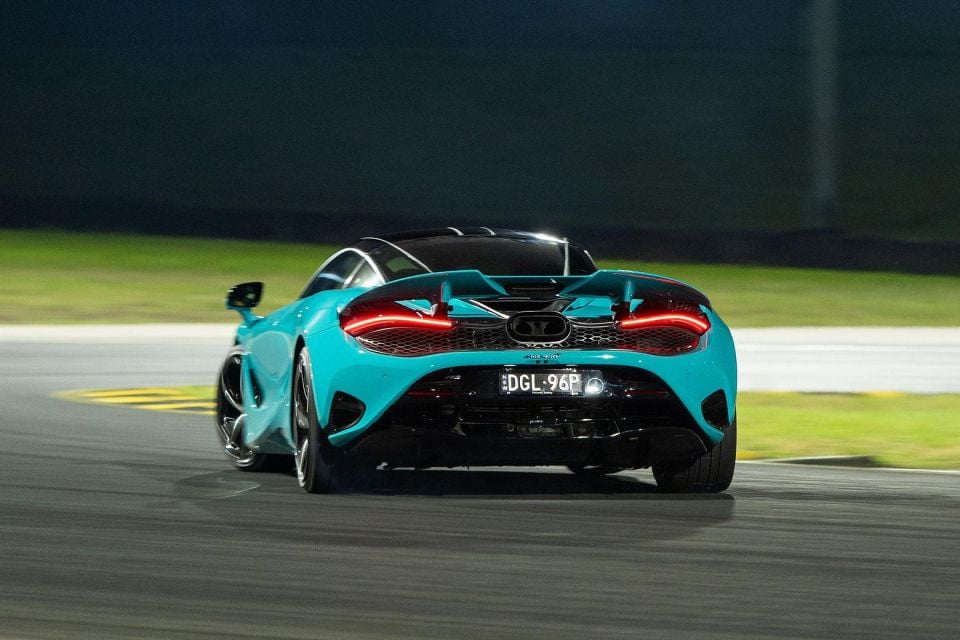
In any case, the handling is sharp, offering excellent balance between the front and rear axles, and loads of tactility and precision. The steering feels light at lower speeds, yet weights up meaningfully as you apply lock at higher speeds.
Exiting the long final turn onto the main straight, it was possible to steer the car on full throttle out onto the kerb with full control and peace of mind.
The level of front-end purchase is a noticeable improvement on the 720S, and there are no complaints around the effectiveness of its carbon-ceramic brakes, which are immune to fade and offer ample feel and modulation once warm.
As the speed rises, so too does the drama. The electro-hydraulic steering offers a precise and well-weighted action, while also delivering a high level of feedback to the driver’s hands. The 750S distils all the important information and sends it back to the driver’s seat, creating an communication-rich and rewarding drive experience.
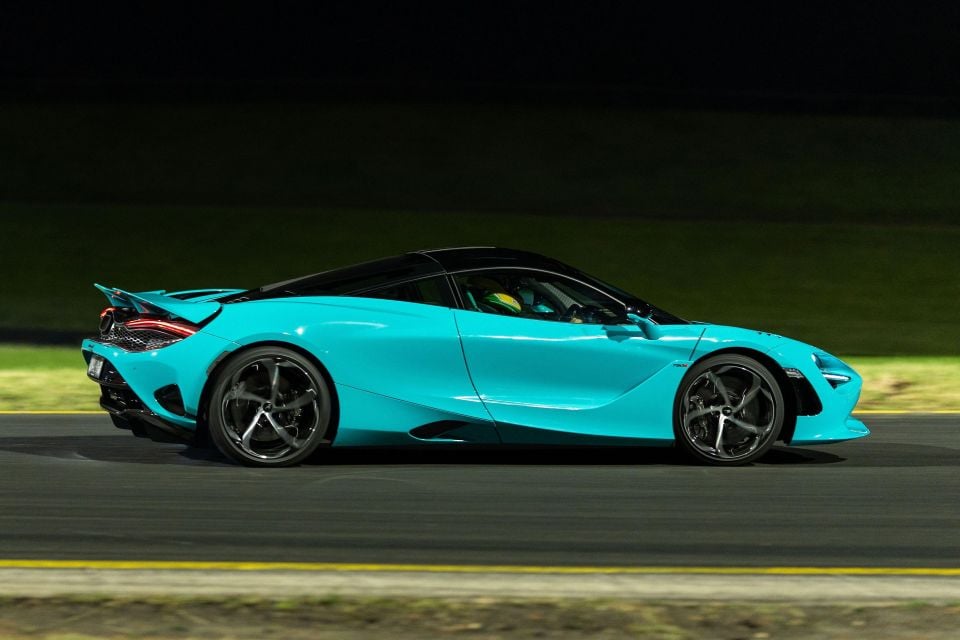
Where expert car reviews meet expert car buying – CarExpert gives you trusted advice, personalised service and real savings on your next new car.
The other impressive feature is the minimal dynamic compromise made by the heavier (by just 49kg) convertible version. It feels rigid and just as athletic as the coupe, even without additional structural bracing, and gives occupants a front-seat ticket to the 4.0-litre V8’s improved vocals.
Ultimately, on ageing Pirelli P Zero tyres, the McLaren will walk around and fidget through faster corners, only adding to its visceral appeal.
If you’d prefer your track experience to be even more hunkered-down and effective, there’s an argument that the 765LT is a more suitable accomplice. But in 95 per cent of driving, the McLaren 750S wants for very little – and it would improve dramatically with a better set of rubber, like Pirelli Trofeo Rs.
Unfortunately, we didn’t venture onto public roads this time round, but as Tony found at the international launch of the 750S last year, its broadened dynamic envelope is matched with better bump compliance and overall ride comfort. It’s also easier to access the engine’s vocals without breaking the speed limit.
The McLaren 750S is offered in Australia in both coupe and convertible guise.
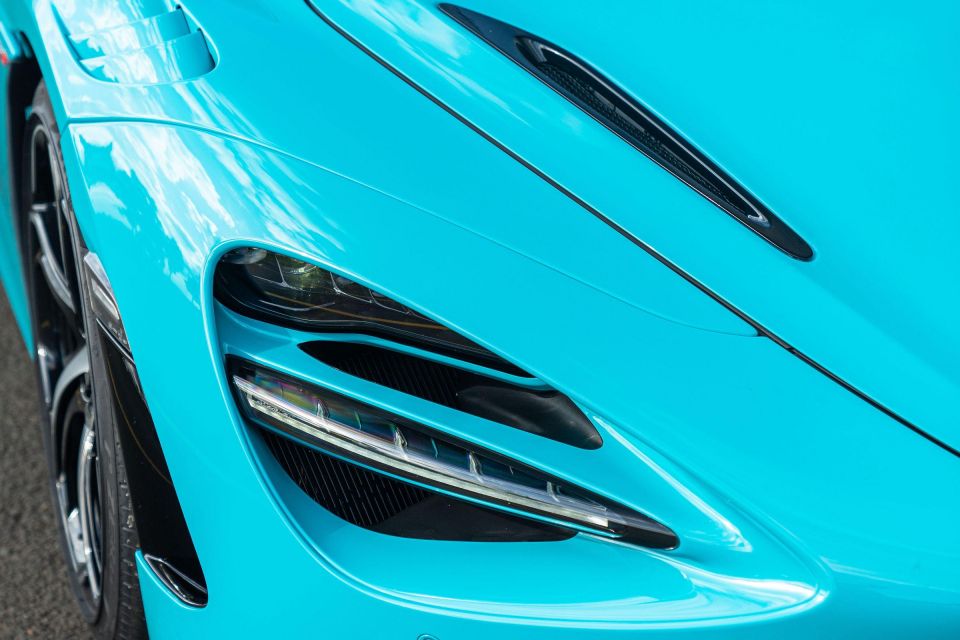
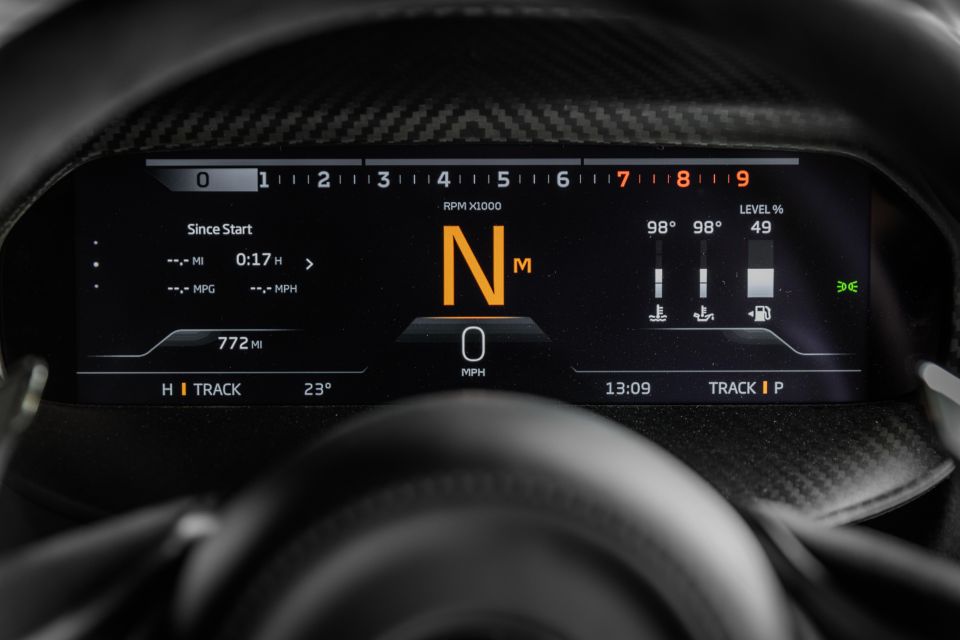
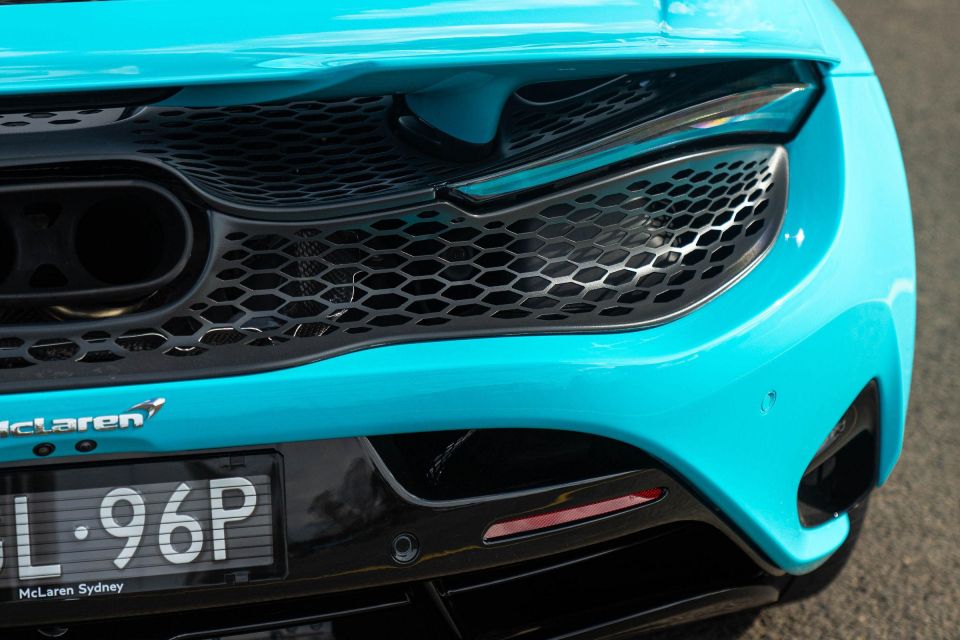
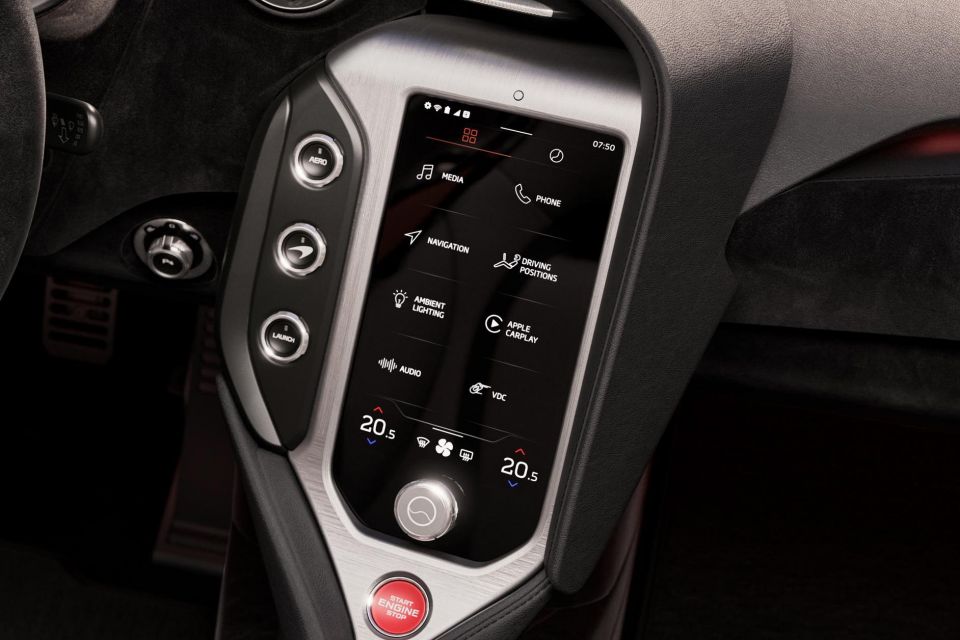
McLaren 750S highlights:
The McLaren 750S definitely keeps pace with the latest safety standards, but don’t expect to see it independently crash-tested by Euro NCAP or ANCAP.
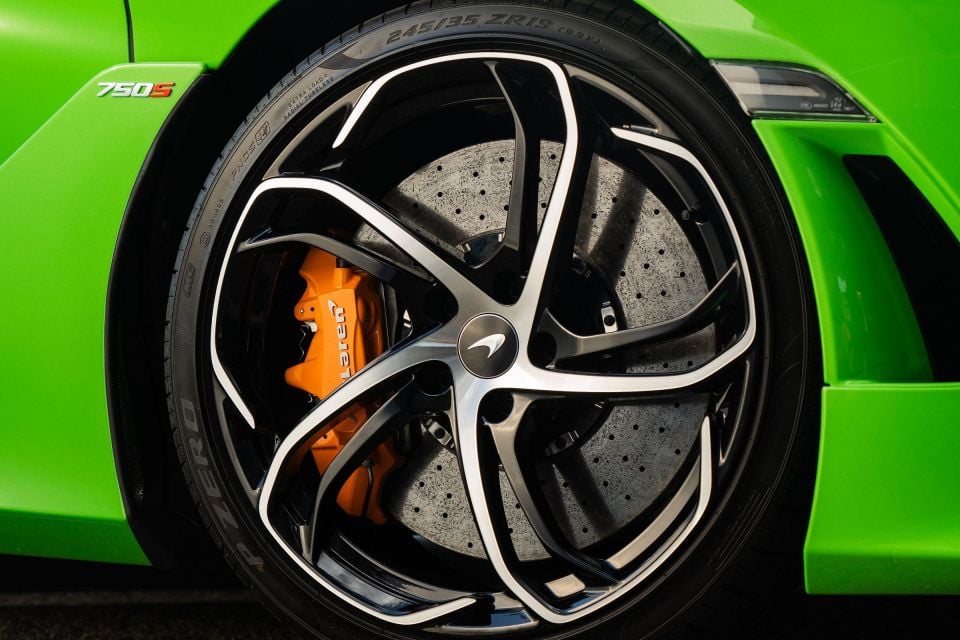
As standard, it comes with adaptive cruise control, road sign recognition, lane departure warning, high-beam assist and 360-degree park assist.
There’s also full airbag coverage and a suite of electronic driving aids, in addition to solid structural integrity courtesy of a carbon-fibre monocoque platform.
If you need to ask, this car probably isn’t for you. That said, the warranty and service provisions for the 750S are quite competitive.
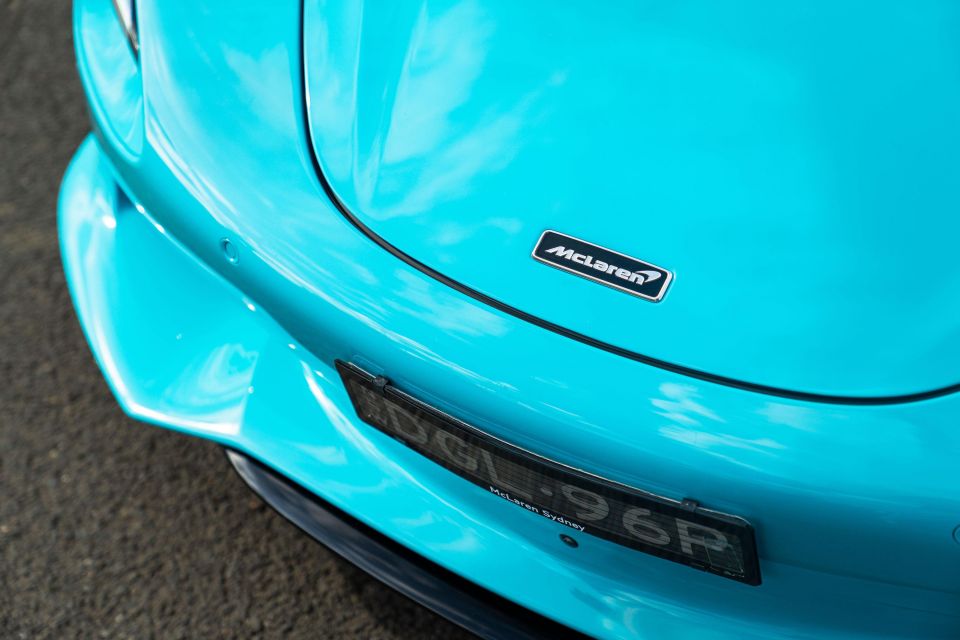
It’s backed by a five-year, unlimited-kilometre warranty in Australia, while servicing is inclusive for the first three years of ownership, based on 12-month/15,000km intervals.
To see how the McLaren 750S stacks up against its rivals, check out our comparison tool
The McLaren 750S pushes the British car-maker’s flagship supercar to new heights – not only in terms of track thrills but also when it comes to broader road use and technology.
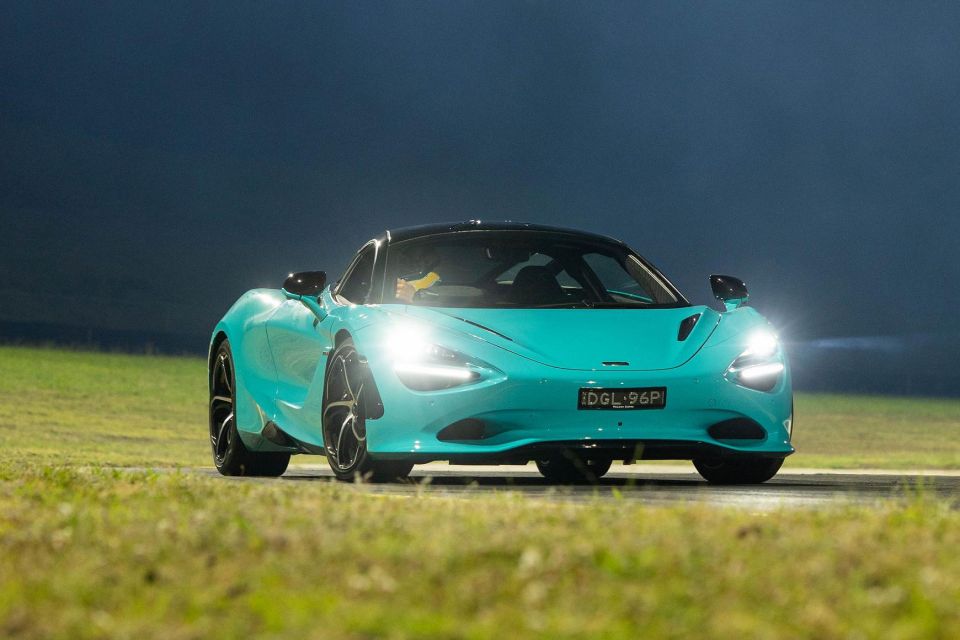
It offers the visceral sensation and raw speed a bona fide supercar ought to, yet feels incredibly well balanced, communicative and almost foolproof on circuit.
If you have the means, the new McLaren 750S deserves to be cross-shopped against the best supercars from Ferrari and Porsche. Especially if you prefer your supercar without any electric assistance.
Interested in buying a McLaren 750S? Get in touch with one of CarExpert’s trusted dealers here
Click the images for the full gallery
MORE: Everything McLaren 750S
Where expert car reviews meet expert car buying – CarExpert gives you trusted advice, personalised service and real savings on your next new car.


Damion Smy
5 Hours Ago
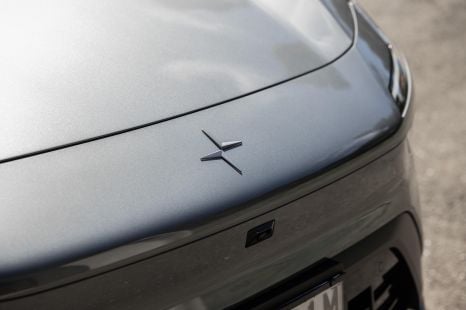

Damion Smy
6 Hours Ago


Damion Smy
8 Hours Ago
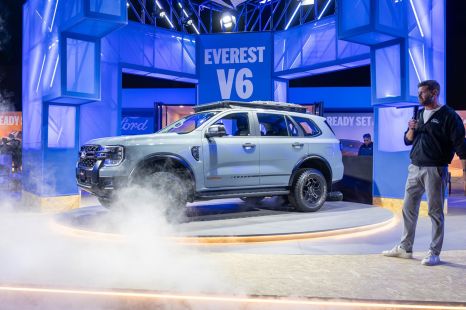

Damion Smy
10 Hours Ago


CarExpert.com.au
11 Hours Ago


Ben Zachariah
13 Hours Ago